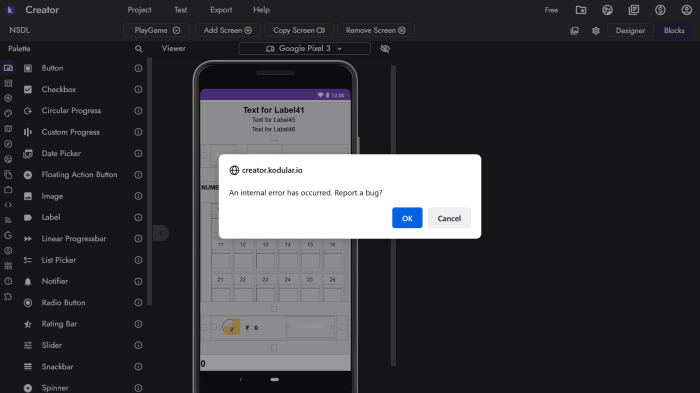The HSpa 8th Edition Central Service Technical Training Manual serves as an indispensable resource for healthcare professionals seeking to enhance their knowledge and skills in central service operations. This comprehensive guide delves into the core principles, sterilization techniques, equipment maintenance, and quality assurance practices essential for maintaining a safe and efficient central service department.
With its focus on best practices and regulatory compliance, this manual empowers individuals to effectively manage instrument processing, sterilization, and equipment maintenance, ensuring the highest standards of patient safety and infection control.
1. Overview of HSPA 8th Edition Central Service Technical Training Manual

The HSPA 8th Edition Central Service Technical Training Manual serves as a comprehensive guide for professionals working in central service departments within healthcare facilities. Its primary audience includes technicians, supervisors, managers, and educators responsible for ensuring the safe and efficient operation of central service departments.
The manual has undergone multiple revisions and updates since its initial publication, reflecting the evolving practices and advancements in central service operations. The 8th edition incorporates the latest industry standards, guidelines, and best practices to provide up-to-date training and guidance for central service professionals.
2. Core Principles of Central Service Operations

Central service operations play a critical role in preventing infections and ensuring patient safety. The fundamental principles that guide these operations include:
- Infection control: Implementing measures to prevent the transmission of infectious agents.
- Sterilization: Eliminating all viable microorganisms from medical devices and equipment.
- Equipment management: Ensuring the proper maintenance, inspection, and repair of equipment used in central service operations.
Maintaining a sterile environment is essential in central service. Best practices include:
- Adhering to strict aseptic techniques during instrument processing.
- Regularly disinfecting and cleaning work surfaces and equipment.
- Maintaining appropriate air quality and humidity levels.
3. Sterilization Techniques and Equipment
Central service departments utilize various sterilization techniques to ensure the sterility of medical devices and equipment. These techniques include:
- Steam sterilization: Using high-pressure steam to kill microorganisms.
- Chemical sterilization: Applying chemical agents to eliminate microorganisms.
- Dry heat sterilization: Using high temperatures in the absence of moisture to sterilize items.
The manual provides detailed descriptions of the principles of operation and maintenance for various sterilization equipment, including:
- Autoclaves
- Ethylene oxide sterilizers
- Hydrogen peroxide gas plasma sterilizers
| Sterilization Method | Advantages | Disadvantages |
|---|---|---|
| Steam | Effective, reliable, and widely available | Can damage heat-sensitive materials |
| Chemical | Low temperature, suitable for heat-sensitive materials | Can leave toxic residues |
| Dry heat | Suitable for heat-resistant materials | Long exposure times, can damage plastics |
4. Instrument Processing and Care

Instrument processing involves multiple steps to ensure the safe and effective use of surgical instruments:
- Cleaning: Removing visible debris and contaminants.
- Disinfection: Killing microorganisms on the instrument surface.
- Assembly: Reassembling instruments for use.
Proper handling and storage of surgical instruments are crucial to maintain their integrity and functionality. The manual provides guidelines for:
- Inspecting instruments for damage before use.
- Storing instruments in a clean, dry environment.
- Lubricating instruments as necessary.
A checklist for instrument processing procedures is included in the manual.
5. Quality Assurance and Regulatory Compliance
Quality assurance in central service operations ensures the consistent delivery of safe and effective services. The manual discusses:
- The role of quality assurance in monitoring and improving central service processes.
- Regulatory requirements and standards governing central service practices.
- Key quality assurance indicators and monitoring procedures.
| Quality Assurance Indicator | Monitoring Procedure |
|---|---|
| Sterilization cycle effectiveness | Biological and chemical monitoring |
| Instrument cleanliness | Visual inspection and ATP testing |
| Equipment maintenance | Regular inspections and preventive maintenance |
6. Equipment Maintenance and Troubleshooting: Hspa 8th Edition Central Service Technical Training Manual
Regular equipment maintenance is essential to ensure the proper functioning and safety of central service equipment. The manual provides:
- Comprehensive preventive maintenance schedules.
- Troubleshooting tips for common equipment problems.
- Instructions for repairs and replacement of equipment components.
- Regular inspections to identify potential issues.
- Prompt repairs to minimize downtime and prevent equipment failure.
- Proper documentation of maintenance and repairs.
7. Advanced Technologies in Central Service
Central service departments are embracing technological advancements to improve efficiency and patient safety. The manual covers:
- Automated instrument tracking systems for inventory management.
- Robotic surgery equipment for precise and minimally invasive procedures.
- Virtual reality training simulations for staff development.
The manual also discusses the benefits and challenges of implementing these technologies, providing insights into the future of central service operations.
Illustrations and diagrams are included to demonstrate advanced equipment and processes.
Key Questions Answered
What is the purpose of the HSpa 8th Edition Central Service Technical Training Manual?
The HSpa 8th Edition Central Service Technical Training Manual provides comprehensive guidance on the principles, techniques, and regulations related to central service operations in healthcare facilities.
Who is the target audience for this manual?
This manual is designed for healthcare professionals involved in central service operations, including technicians, nurses, and managers.
What are the key updates in the 8th edition of the manual?
The 8th edition incorporates the latest advancements in sterilization techniques, equipment maintenance, and quality assurance practices, ensuring alignment with current industry standards and regulations.